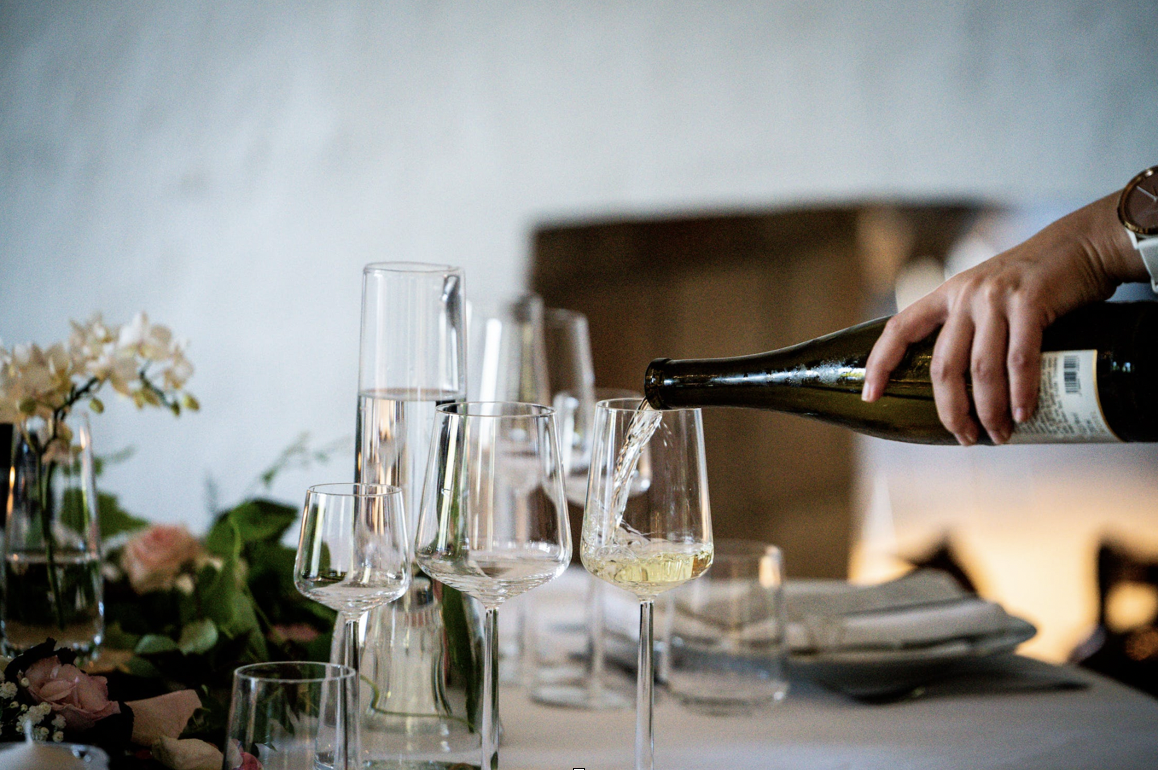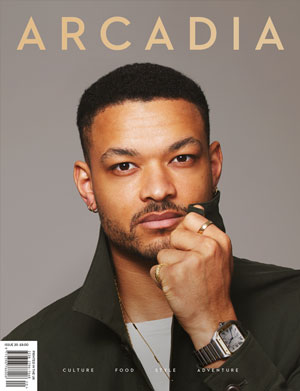When it comes to creating a good wine label, there’s no one-size-fits-all approach. Every winery has its own unique style and purpose, and that should reflect in the label.
I’m here to provide some guidance on what makes a good wine label – from the design to the language used.
The first step is to think about your target audience. Who will be buying this wine? What words and images will draw them in?
This is where you have an opportunity to create something truly special and make your wine stand out from the rest. So let’s get started!
Choosing A Design
When designing a wine label, it’s important to consider the visual elements that will draw potential customers in. The colors you choose should be bright and vibrant, making them stand out from other bottles on the shelf. The design should also work with the shape of the bottle, as well as any text or images you include.
Using a font that looks elegant and is easy to read can help convey your message clearly. Avoid using too many fonts or colors, as this can make the label look cluttered and confusing.
Be sure to include any relevant information such as country of origin or winemaker’s name, as this helps customers make an informed decision when purchasing. Your label should tell a story about the wine inside – its flavor profile, region of origin and unique characteristics – while also reflecting your brand’s identity.
A good wine label will evoke emotion and entice customers to pick up a bottle and give it a try! With careful consideration put into its design, your wine label can be both eye-catching and informative.
Selecting Appropriate Language
It is widely believed that the best wine labels are those that feature creative language, but is this really the case? A closer examination of the most successful wine labels reveals a far more nuanced approach to textual content than simply being ‘creative’.
Here are some of the key elements to consider when writing your own wine label:
- Choose words that evoke emotion. Wine is all about enjoying life and having fun, so use words which capture this feeling.
- Keep it simple and straightforward. Try to avoid long sentences and complicated terminology – your customers should be able to read and understand your message in just a few seconds.
- Make sure you write for your target audience. Different wines have different target markets – make sure you know who you are writing for and tailor your language accordingly.
- Use humor judiciously. A bit of lightheartedness can go a long way in creating an interesting label, but be careful not to overdo it or you risk alienating potential customers.
To ensure success with your wine label, then, it pays to pick the right words carefully – ones that will convey your message quickly and clearly without compromising on creativity or wit!
Crafting A Unique Message
Creating a unique message for your wine label is essential, as it can be the difference between a bottle that stands out and one that blends in. A great label should convey the personality of the winery, while also reflecting the quality of its contents.
To make sure your message resonates with consumers, start by crafting a story that captures their imagination and emotions. This can be done through clever wording and visuals, such as:
| Visuals | Wording |
| Landscape illustrations | Poetic metaphors |
| Colorful labels | Humorous puns |
| Vibrant patterns | Rhymes and alliteration |
Your goal should be to create an image in your customers’ minds that reflects their own values and aspirations – something they can connect with on an emotional level. With an effective combination of visuals, words, and stories, you will be well on your way to crafting a memorable message.
Define the Target Audience
When creating a unique message for your wine label, it’s important to consider the target audience. What type of wine are you selling, and who is your ideal customer? Are they young and adventurous, or sophisticated and refined? For example, if you are one of the California Wine Clubs, then understanding the wine audience of California will help you a lot to tailor your message to their interests and preferences.
- Conduct market research to identify the demographics, interests, and preferences of your target audience.
- Analyze your existing customer base and identify common characteristics to help you refine your target audience.
- Consider your wine’s price point, quality, and flavor profile to determine which segment of the market is most likely to purchase it.
- Use social media and other online tools to reach out to potential customers and gather feedback on your wine and label design.
- Continuously monitor and adjust your targeting efforts based on customer feedback and sales data.
Design Your Story Behind the Winery
Another way to make your message stand out is to focus on the story behind your winery.

What inspired you to start producing wine? Was it a family tradition, a love of the land, or a desire to create something truly unique? Sharing your story can help customers connect with your brand on a personal level.
- Identify the unique aspects of your winery’s history and personality that sets it apart from others in the industry.
- Craft a compelling narrative that connects your winery’s story with your target audience’s values and aspirations.
- Use storytelling techniques such as metaphors, anecdotes, and personal experiences to bring your story to life.
- Consider using multimedia such as videos, photos, and interactive experiences to help customers engage with your brand and story.
- Continuously update and refine your story based on customer feedback and changing industry trends.
Visual Designs Matters:
In addition to crafting a unique message, it’s important to consider the visual design of your label. The colors, fonts, and overall aesthetic should all work together to create a cohesive and eye-catching label. Think about how your label will look on a shelf next to other wines – what will make it stand out?
- Research and identify the latest design trends in the wine industry to help you create a label that is both modern and timeless.
- Consider your target audience’s preferences and values when choosing colors, fonts, and other design elements.
- Use imagery and symbolism to convey the unique aspects of your wine and winery’s story.
- Keep the label simple and uncluttered, with a focus on highlighting the most important information such as the wine’s name, varietal, and vintage.
- Work with a professional graphic designer to ensure that your label is visually appealing and meets industry standards and regulations.
Creating A Lasting Impression
Now that you’ve crafted your unique message, it’s time to create a lasting impression. Like the old adage says, you never get a second chance to make a first impression – and this is especially true with wine labels.
The goal is to capture the attention of your target consumers and keep them coming back for more. A great way to ensure that your label stands out among all the other bottles on the shelf is to use vivid colors and bold typography that expresses your unique brand identity.
Consider adding an element of interactivity by incorporating tactile elements such as embossing or debossing, or even using foil printing or spot UV coating. Your label should be inviting and memorable so that it leaves a lasting impression on your target audience.
With a little bit of creativity and attention-grabbing design, you can make sure that your wine label stands out from the crowd!
Conclusion
The perfect wine label is the culmination of careful design, carefully chosen language and a unique message. Crafting a label that stands out and makes an impression isn’t easy. It takes dedication and hard work.
But when you get it right? It’s worth it. Your words will linger on the tongue, your design will be remembered long after the bottle is empty. This is your chance to put yourself on the map – make sure you do it justice with a beautiful label that captures people’s attention and leaves them wanting more.







